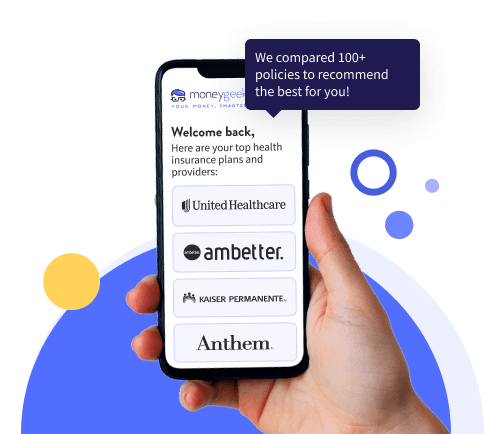Adding your girlfriend or boyfriend to your health insurance policy depends on state regulations. Eleven states recognize civil unions or domestic partnerships. Some insurers also recognize domestic partnerships, extending coverage to your unmarried partner when you provide required documentation. You'll need to prove a committed relationship with shared financial responsibilities, such as joint bank accounts or co-signed lease agreements.
Health insurance plans for domestic partners cover the partner as a dependent, like a spouse. You can also add children living in your home. But tax implications differ from spousal coverage. Employer-sponsored plan premiums are pre-tax for yourself and your spouse, but post-tax for a domestic partner. The IRS considers employer-paid coverage for domestic partners as taxable income, taxing the employer's portion of the partner's premium as imputed income.







